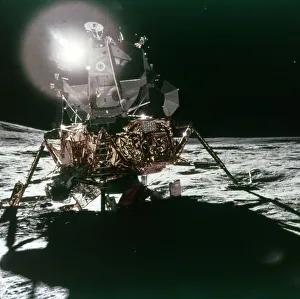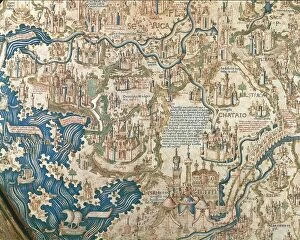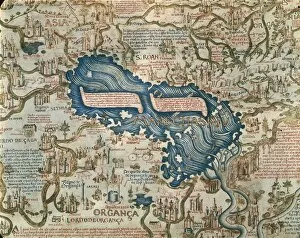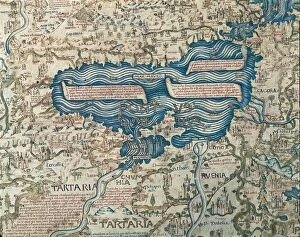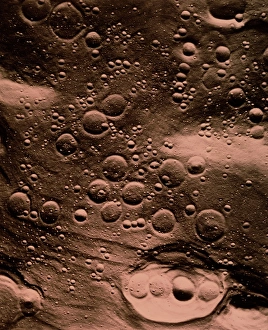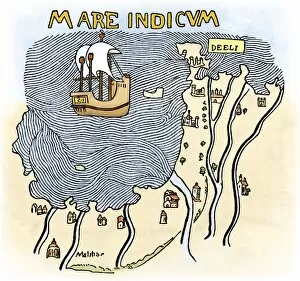Fra Mauro Collection
Fra Mauro, a Camaldolese monk from the 15th century, left an indelible mark on both lunar exploration and cartography
All Professionally Made to Order for Quick Shipping
Fra Mauro, a Camaldolese monk from the 15th century, left an indelible mark on both lunar exploration and cartography. In February 1971, as part of the Apollo 14 mission, the Lunar Module Antares gracefully touched down on the Moon's surface. This historic event served as a testament to human ingenuity and Fra Mauro's enduring legacy. However, Fra Mauro's contributions extend far beyond space exploration. His meticulously crafted maps offer us a glimpse into the world as it was in 1449. One such map showcases China with intricate detail, revealing its vastness and cultural richness. As we delve deeper into Fra Mauro's masterpiece, we encounter captivating details of Asian Turkey and Mesopotamia. These regions were once cradles of ancient civilizations that shaped our shared history. Moving westward across his map, Northern Africa unfolds before our eyes in all its splendor. From Egypt to Morocco, each city is carefully marked—a testament to Fra Mauro's dedication to accuracy and precision. The Caspian Sea glistens like a precious gem on his creation—an oasis amidst vast lands—reminding us of nature's wonders that have captivated explorers for centuries. Italy takes center stage in another detailed section of Fra Mauro's work. Every contour lovingly etched onto parchment brings this beloved country to life—a tribute to his homeland. Venturing further north reveals the Black Sea region—an area steeped in myth and legend—where countless stories have unfolded throughout time immemorial. Finally, we find ourselves navigating through the Mediterranean Sea—the heartland of ancient empires where cultures collided and flourished under azure skies—a reminder of humanity's interconnectedness across borders and seas. Intriguingly enough, even Apollo 13 had its planned landing site within reach on this celestial body known as Earth’s satellite – an intersection between past cartographic marvels and future space exploration.





